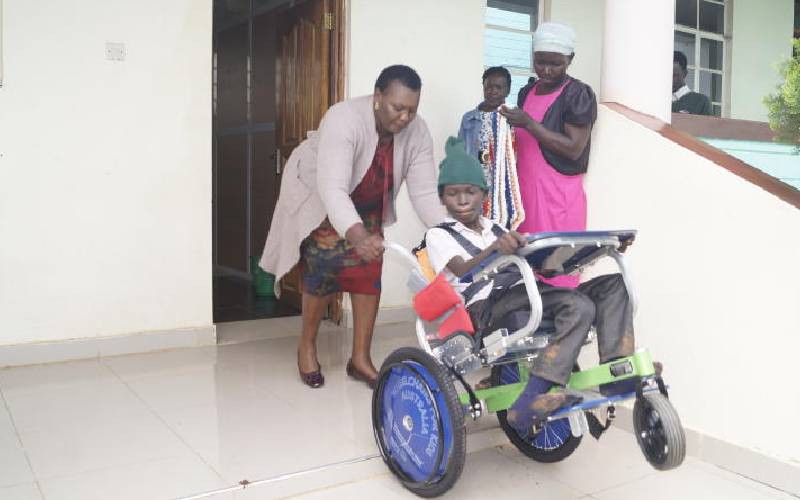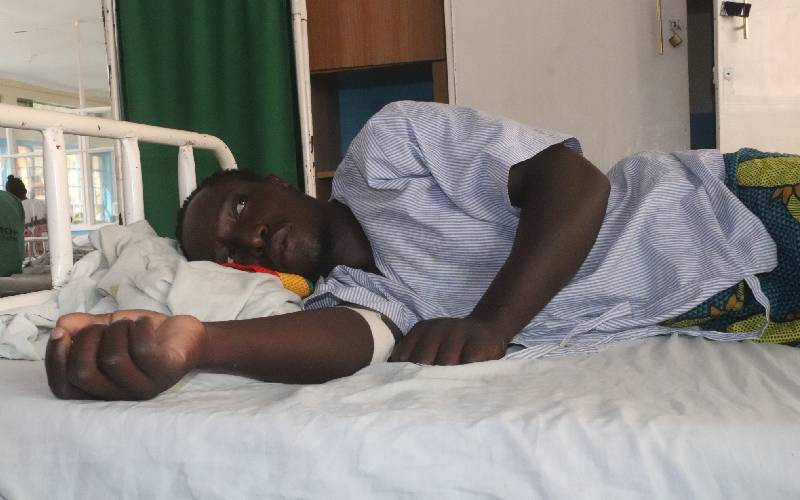Sangat Weaves Sikh, Sufi, & Bhakti Traditions Into Modern Music That Connects & Heals - NewsBreak
San Francisco Bay Area, California

A new music album called Sangat was released in the Bay Area on June 6th, 2025, by Qais Essar and Sonny Singh, both first-generation children of immigrants from Afghanistan and India.
The album features Afghan American rabab virtuoso Qais Essar, who joins forces with American trumpet player and singer Sonny Singh in a new project that obliterates musical, political, and religious boundaries. The project is not only a meeting of diverse musical styles and spiritual traditions, but also a reflection of ‘using art as a vehicle for connection, resistance and healing.’

I was introduced to their music by a friend who called their live performance’ one of the best concerts’ he had ever attended. So, I made my way to the Indian Cultural Center, where they were playing a concert to introduce ‘Sangat’.
The event began unusually, with an hour-long reception for conversations over tea, so the audience could meet and greet the artists. Inviting everyone to meet earlier was a measure of trust that important dialogue amongst art-lovers is a way to build community.
Nida Hasan, the Executive Director of India House Foundation, the event sponsor, warmly greeted me and reminded me of our last meeting in September at Stanford, where I read Hindi poems for the South Asian Literature and Art festival. Following a welcome by Shahsi Buluswar, a board member of IHF, Qais and Sonny joined Nida onstage for a Q&A about their journeys as artists.

Qais learned to play the Rabab, a 2500-year-old instrument, as part of his family’s musical legacy that he inherited. Sonny learned to express himself through music in the wake of the challenges his Sikh community faced post 9/11, which did not make any sense to him as a young kid, except for the feelings it evoked.
The musical offering that evening was a unique sound using centuries old poetry from the Sufi and Bhakti traditions alongside the Sikh Guru’s teaching, featuring, Kabir, Guru Nanak and Ravi das, amongst others, and instrumental compositions with Sonny going from vocals with the harmonium to playing the trumpet, Qais on the rabab with the cello player, Rohzit Eve and tabla player, Jhujhar Singh, all taking turns to lead.
The tabla usually plays a role as an accompanist, but here, it holds the rhythms as one in a thread that strings the various pieces together using beats to keep the artists and audience in step.
The songs weave the ancient sound and haunting melodies of the rabab, a 2,500-year-old instrument from Afghanistan, with bold trumpet lines and anthemic Punjabi vocals. Drawing inspiration from mystical poetry that has its roots in Sikh, Sufi, and radical bhakti traditions, their music focuses on oneness and connection in times of growing division and hierarchy.
As someone who has heard kirtan in Gurdwaras all my life, hearing it outside the Gurdwara, with very different instrumentation, was a fresh experience. Sonny sings with the mildest hint of an American accent for my Indian-immigrant ears, but delivers the Punjabi lyrics with a happy surprise of familiar but fresh as if running into a beloved old friend in an unexpected place. It felt like my friend had a whole new makeover that worked so well that I almost needed a moment to recognize the ancient connection.
The fresh vibe has to be experienced to be named, as it had the playful ease of pop music, but the ancient music is firmly in the classics of the sub-continent, with the jazz-band camaraderie amongst the musicians who supported and complemented each other. Clearly, they were professionals who were ready to entertain a large audience. Yet, they carried in their individuality the demeanor of old souls who honor the deep practice of their ancestral heritage.
The choice to have a jugalbandi-styled offering in the concert, where they allowed time for each one to lead with their instrument being center-stage in the soundscape was fabulous. They were jamming with the individual joy of being in a close relationship with their chosen instrument and rocked the collective by bringing artist and audience together into the fold of the pieces they offered. The sounds were sublime. The artists’ own connection to their music and their self-expression was coming through clearly and evocatively for everyone in the audience.
As a poetry-lover, I tend to focus on the lyrics more than the instruments whenever I listen to music. I was surprised that in this concert, my brain relaxed enough to not try to hear and make sense of the lyrics, but to simply enjoy the whole as the instrumental interplay seduced me into their groove. It was accessible in ways that I have only seen and experienced at pop-music concerts. Or perhaps my ears have matured enough to finally appreciate the instrumental music just as well as the poetry in languages not heard often enough in public spaces.

The audience from different parts of the sub-continent was mesmerised. When the band asked us to join them in a sing-along, we sang along hypnotized, even if we didn’t know the words. Perhaps our bodies know we have common ancestors.
My other favorite part of the evening was how they interspersed stories as they sang. One story was about Guru Nanak’s 28K kilometers of travel between 1500-1524 as a wandering minstrel, traveling across many countries accompanied by Bhai Mardana, a Muslim Rabab player. It reminded everyone how religion was a way to spread love, not hate, co-creating a journey by ancestors, artists, and true leaders, whose words and deeds continue to be sung, heard, and lead centuries after they are gone. The values of solidarity and unity in diversity live on and thrive.
A quote from their http://www.therabab.com/ says it best.
“Sangat is a term Sikhs use to refer to beloved community,” explains Singh. “We often use the term to refer to the congregation in a gurdwara [Sikh house of worship], but to me, sangat is something much broader. My beloved community transcends ethnic, religious and national boundaries.” Essar adds, “In this climate of increasing attacks on the marginalized, including the communities Sonny and I are a part of, we hope this new music inspires solidarity and unity.”
The post Sangat Weaves Sikh, Sufi, & Bhakti Traditions Into Modern Music That Connects & Heals appeared first on India Currents.











